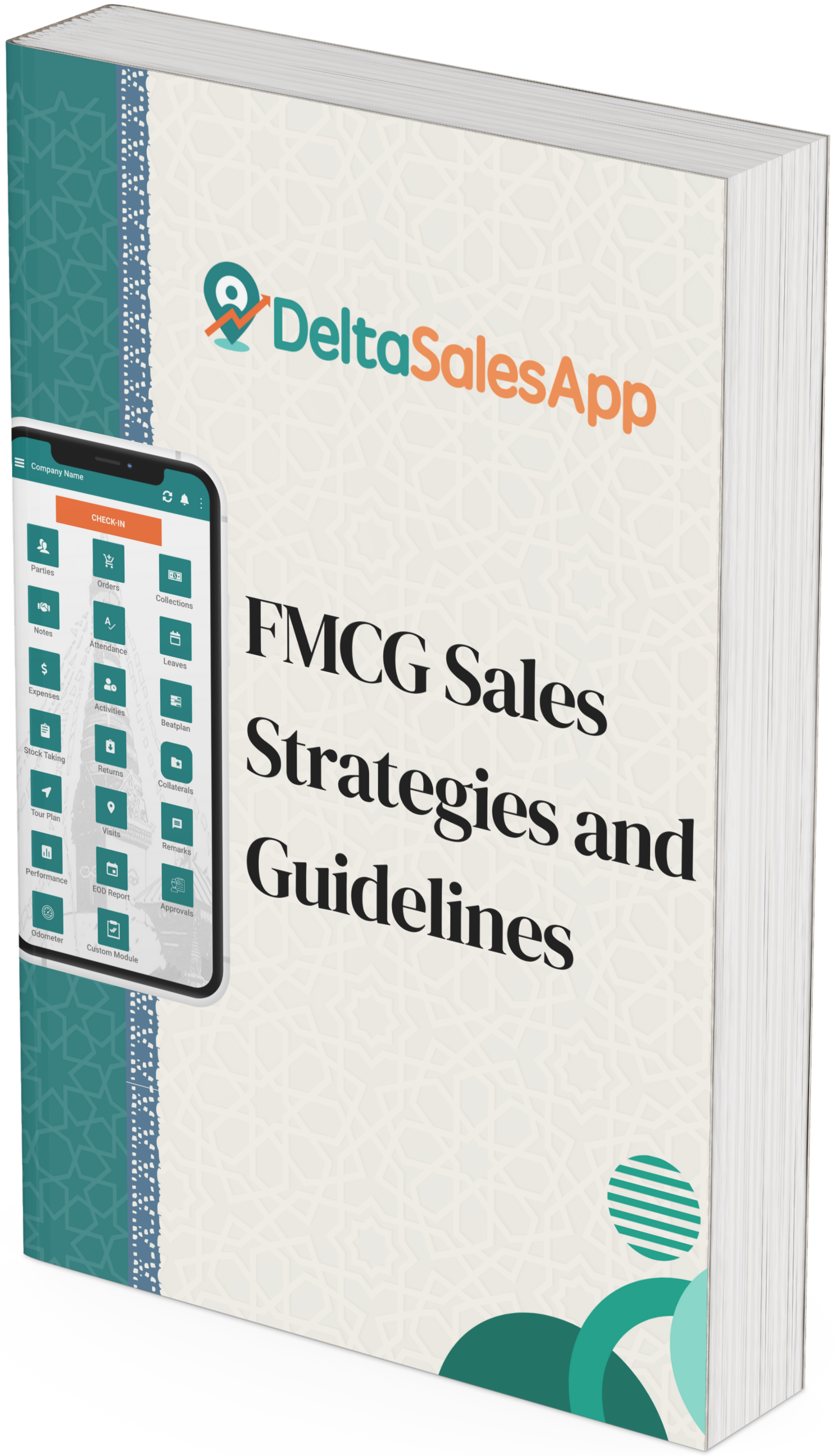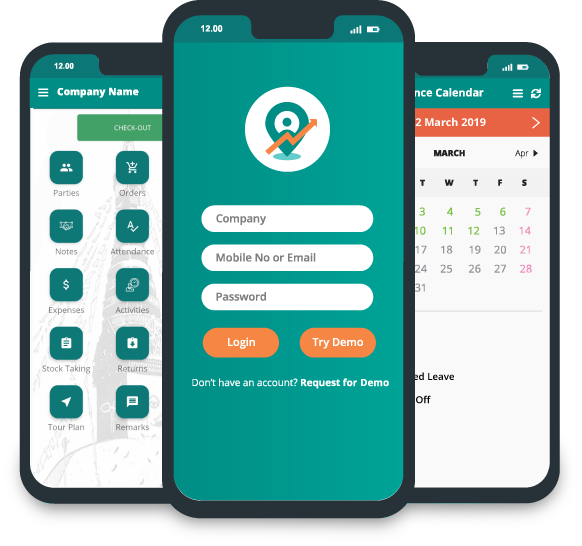Optimizing Distributor Performance: Impact of Sales Officer Contribution in FMCG
_1733827863.png)
In the fast-moving consumer goods industry, efficient distribution is key to achieving sustainable growth. Companies heavily rely on distributors to get their products into the hands of consumers, especially in diverse and geographically expansive markets. However, managing distributor relationships and ensuring they meet targets can be a challenge. This is where data-driven insights become crucial for understanding distributor performance, setting realistic targets, and optimizing sales strategies.
One critical aspect that often determines a distributor's success is their target vs. achievement ratio, which helps in assessing how well they are meeting their set goals. Another important factor is the sales officer contribution, which tracks how much a sales officer’s involvement influences the distributor’s sales. In this blog, we’ll explore how understanding these metrics can improve FMCG distribution and how leveraging a modern sales tool like the Delta Sales App can optimize distributor performance.
The Importance of Distributor Performance in FMCG Distribution
In the FMCG sector, the role of distributors cannot be overstated. Distributors serve as the link between the company and the retail market. They are responsible for ensuring that the products are delivered on time, stored properly, and reach the intended sales channels. A well-performing distributor can drive sales and market share growth, while a poor-performing distributor can significantly hurt the company's reputation and bottom line.
However, the performance of distributors isn’t always consistent. The performance can vary based on factors such as location, distributor engagement, debt management, and the support they receive from the company. Companies that track performance metrics and implement strategies based on data tend to outperform competitors in the long run.
Key Performance Metrics: Target vs. Achievement and Sales Officer Contribution
Target vs. Achievement: What It Tells You
The target vs. achievement metric is a fundamental performance indicator in FMCG distribution. It compares the distributor's sales target to their actual sales performance. In any distribution network, targets are set based on various factors, including historical performance, market potential, and growth objectives. However, meeting targets is easier said than done.
By assessing this data, companies can understand which distributors are performing well and which ones are falling short. For instance, if a distributor has a target of ₹500,000 in monthly sales but only achieves ₹250,000, this raises a red flag. It indicates that either the distributor is not reaching their full potential, or there are external factors preventing them from achieving the set goals.
On the other hand, distributors who consistently meet or exceed their targets are high performers. Tracking this data not only helps in managing existing relationships but also aids in making future decisions, such as expanding distribution or revising sales goals.
Sales Officer Contribution: The Human Element in Sales
While distributors are critical to driving sales, the role of sales officers cannot be overlooked. Sales officers are responsible for directly engaging with distributors, motivating them, managing relationships, and addressing concerns. Their involvement often directly impacts the success of the distributor.
In many cases, when a sales officer actively engages with a distributor, sales performance improves. Sales officers help identify potential problems, offer solutions, and ensure that distributors are fully aligned with company goals. They also assist with logistical issues, marketing strategies, and product information.
To measure this impact, companies track the sales officer contribution in terms of how much their efforts correlate with sales. If a distributor’s performance improves significantly when a sales officer is involved, it indicates a high level of engagement and the need for frequent field visits. In contrast, if a distributor performs well even without the presence of a sales officer, it suggests that the distributor is self-sufficient and engaged in the business.
Understanding Distributor Engagement
One interesting trend in FMCG distribution is the difference in distributor performance between headquarters and smaller towns. Distributors located in larger cities or near company headquarters often show higher levels of engagement, leading to better sales performance. Several factors contribute to this:
Proximity to the Company: Distributors near the headquarters tend to have better communication with the company’s management. This results in more frequent updates, better alignment with company strategies, and more access to support.
Access to Resources: Larger cities have better infrastructure, access to skilled labor, and more retail outlets. Distributors in such areas are better equipped to handle large volumes and meet sales targets efficiently.
Higher Engagement: Distributors near the headquarters often benefit from higher levels of engagement from both sales officers and company management. They are more likely to be involved in marketing campaigns, receive product updates, and get immediate support when needed.
In contrast, distributors in small towns or remote locations face several challenges. These include lower levels of engagement from the company, difficulties in logistics, and limited access to resources. As a result, distributors in these areas often perform below expectations and may even struggle with maintaining consistent sales.
The Debt Management Factor: A Symptom of Low Engagement
Debt is another key factor that affects distributor performance. In many cases, when distributors are not performing well, they accumulate debt due to delayed payments or unsold inventory. However, the relationship between debt and distributor performance isn’t always straightforward.
Distributors with high levels of debt often face operational challenges. They may be unable to order enough stock, and their cash flow may be limited. However, debt is also a symptom of poor distributor engagement. If a distributor is not actively involved in the business, they may not prioritize sales efforts or market outreach, which leads to reduced sales and higher debt.
The data collected during consulting assignments shows that high-performing distributors tend to have lower levels of debt. These distributors have more streamlined operations, better cash flow management, and higher engagement with both the company and sales officers. On the other hand, distributors with low sales performance and high debt may need more support from the company, particularly from the sales team.
The Role of the Delta Sales App in Optimizing Distributor Performance
The Delta Sales App is a cutting-edge tool designed to help companies optimize distributor performance by providing real-time tracking, insights, and analytics. For FMCG companies, this app offers a comprehensive solution for managing distributor relationships, setting targets, and tracking performance.
Here’s how the Delta Sales App can help companies track and improve distributor performance:
1. Real-Time Performance Monitoring
With Delta Sales App, companies can monitor distributor performance in real-time. This means that sales managers and executives can immediately access data on how well distributors are meeting their targets. If a distributor is falling behind, they can intervene and provide the necessary support before the end of the month. Real-time monitoring also allows for early identification of trends, such as low sales performance, missed targets, or high debt accumulation.
2. Target vs. Achievement Analytics
The app provides detailed reports on target vs. achievement data for each distributor, breaking down performance by day, week, or month. This feature helps sales managers evaluate whether distributors are on track to meet their goals and identify any gaps in performance. For instance, if a distributor has a target of ₹500,000 but only achieves ₹200,000, the app flags this discrepancy and prompts managers to take action.
3. Sales Officer Tracking
One of the most powerful features of the Delta Sales App is its ability to track the performance of sales officers in the field. The app can track which sales officers are visiting which distributors, how often, and how those visits are impacting sales. By tracking sales officer contributions, companies can identify which officers are most effective and where more support is needed.
4. Debt and Inventory Management
Delta Sales App allows companies to track distributor debt and inventory levels. This is crucial for identifying distributors with cash flow problems or poor sales performance. By having a clear picture of debt levels, sales managers can prioritize which distributors need immediate attention and offer financial or logistical support. The app also helps distributors manage their inventory by providing insights into stock levels, allowing them to reorder products in a timely manner and avoid stockouts.
5. Route Optimization and Sales Efficiency
Sales officers often have tight schedules and must visit multiple distributors within a given day. The Delta Sales App helps optimize routes, ensuring that sales officers spend less time on the road and more time engaging with distributors. The app helps sales officers prioritize visits to high-performing or high-potential distributors, thus maximizing sales efforts.
6. Data-Driven Decision Making
With robust data analytics, the Delta Sales App helps sales managers make informed, data-driven decisions. Whether it's adjusting sales targets, reassigning sales officers, or providing additional support to distributors, the app ensures that all actions are backed by real-time data and insights. This leads to better planning, more effective resource allocation, and ultimately, improved distributor performance.
7. Distributor Engagement and Support
The app helps enhance distributor engagement by allowing companies to communicate directly with distributors. Sales officers can send updates, offer incentives, and track progress through the app, creating a more collaborative relationship between the distributor and the company. This improved engagement can lead to higher distributor retention rates and better sales performance.
Conclusion
In FMCG distribution, measuring and improving distributor performance is essential for achieving sales targets, managing debt, and optimizing market coverage. By analyzing key metrics such as target vs. achievement and sales officer contributions, companies can gain valuable insights into their distributor networks and implement strategies to boost performance.
Tools like the Delta Sales App provide real-time data, performance analytics, and sales optimization features that enable companies to make informed decisions, improve distributor engagement, and drive growth. By leveraging the power of data and technology, FMCG companies can strengthen their distributor relationships, reduce debt risks, and ultimately achieve greater success in the marketplace.









